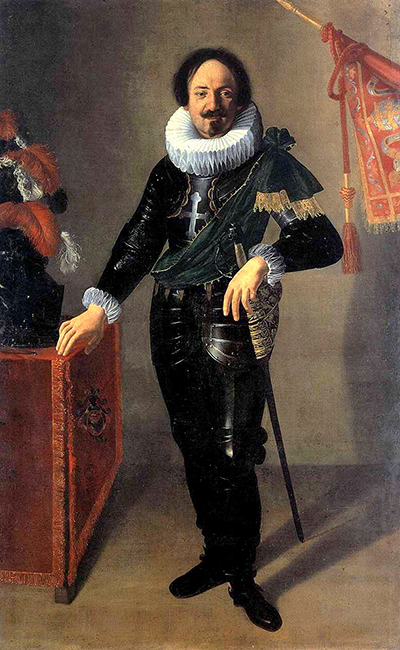Artemisia Gentileschi, the artist behind the Portrait of a Gonfaloniere painting is a good example of female painters continuously overshadowed and overlooked in favor of their male counterparts.
For convenience's sake, major movements in art history tend to be associated with single, pioneering individuals. While the success of Impressionism is in many cases credited to the likes of Claude Monet, female artists are in many cases never included in this kind of running. Fortunately, culture communicators, art history books, and museums around the world are today shining the light on such overshadowed figures. The following are some of her most celebrated paintings.
Related Artworks
Susanna and the Elders (1610)
This painting was completed when Gentileschi was a teenager and is her earliest known artwork. Completed when she was just 17 years, the large scale painting is a depiction of a biblical scene. It shows a married Hebrew woman (Susanna) who is being attacked and harassed by two men while taking a bath. After she has refused to engage in sexual relations with the two assailants, she is blackmailed, before being falsely placed under trial for adultery. Her husband, Daniel is, however, able to point out the unfair nature of the accusations leveled against her. This leads to the two accusers being cross-examined during the trial. When they fail to come up with a matching story, they are both put to death.
Judith Slaying Holofernes (1614—1620)
This painting was painted in 1610 as a form of revenge after Gentileschi was raped by Agostino Tassi. It’s a piece of painting that portrays a story in the Old Testament where a widow working together with her maid get to overpower, and eventually behead a threatening, lustful man. It’s believed that the artist channeled her sexual assault incident and consequent feelings towards her assailant when creating this composition. The second copy of this particular portrait was produced in 1614 which featured increased contrasts between dark and light as well as a more vivid color palette.
Judith and her Maidservant (1625)
Gentileschi chose to revisit the story of Judith between 1623 and 1625. In this portrait, she manages to capture the scene that occurs after the murder. This is where the heroine together with her maid gets to place the decapitated head belonging to Holofernes in a travel bag. It’s a painting that is mainly praised for how she chose to treat light and shadow. In addition to being able to highlight the rich tones that are present in the red velvet curtains and Judith’s golden dress, her use of light easily helps to heighten the drama present in this particular scene. In the end, it is able to showcase the artists’ mastery of a characteristically Baroque talent.




